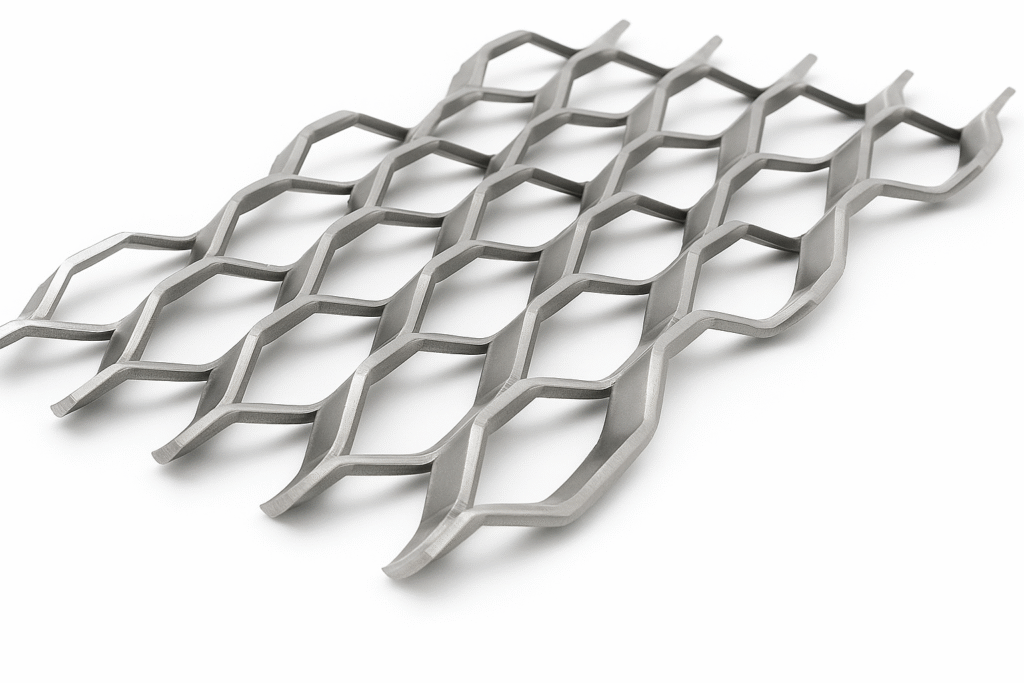









Gardeners and people with gardens are always looking for creative ways to support our plants and beautify our green spaces.
If you’ve been seeking versatile, durable, and eco-friendly solutions, look no further than the green PVC fence mesh. This new product from The Mesh Company is not only perfect for fencing but also for innovative garden DIY projects.
Let’s dive into how you can build trellises and plant supports using this product.

Over the centuries, gardening has seen an array of innovations that cater to both the aesthetic and functional requirements of gardeners. Plant supports, in particular, have come a long way from being mere utilitarian structures.
Earlier, indigenous people would use locally available materials such as bamboo, wood, or vine to support plants. This not only was sustainable but also in harmony with the environment. The Victorian era brought ornate iron and metalwork into gardens, reflecting not just the industrial revolution but also the intricate aesthetics of the time.
Today, the focus has shifted towards using materials that are both durable and eco-friendly.
The PVC-coated galvanised steel Fence mesh exemplifies this trend. Its green hue effortlessly blends into the garden landscape, ensuring that plants remain the centre of attention. The PVC coating not only imparts durability but also makes it resistant to weather extremities. This combination of strength and subtlety is what makes modern garden supports like the PVC mesh a favorite among contemporary gardeners. This mesh will last a seriously long time in outdoor environments.
What makes a gardening product truly shine is its adaptability, and the green PVC mesh stands out in this regard. Beyond trellises and supports, its applications are only limited by one’s imagination.
Animal Barrier: With a 100 x 100mm hole size, this mesh is perfect for keeping out larger garden pests. Whether you’re trying to deter rabbits, cats, or even bigger animals, this mesh can act as a formidable yet non-intrusive barrier.
Composting Enclosure: The robust nature of the mesh makes it perfect for creating composting bins. It provides ample airflow, which is essential for the decomposition process, while keeping the pile contained.
Artistic Endeavours: For the artistically inclined, this mesh serves as an excellent medium. Whether it’s a topiary structure, a backdrop for a garden mural, or even a part of a garden sculpture, its flexibility and durability allow for varied artistic expressions.
Garden Partitions: If you’re looking to create distinct sections in your garden – perhaps separate the vegetable patch from the flower bed or create a dedicated space for a particular type of plant – this mesh is ideal. With the right frame, you can make freestanding panels that not only serve a functional purpose but also add to the garden’s visual appeal.

Below are a couple of the main ways that our customer’s have used this mesh for in the past:
Materials:
Steps:
Materials:
Steps:
As always, thank you for checking out our blog. We hope that this helps you with your project. We try to launch a couple of new guides every week. Eventually we will have covered everything there is to cover about mesh.
You may be interested in our blog that explores how to build a chicken coop.
Our goal for our blogs and help guides is to answer as many questions as possible to help to explain the possibilities of mesh to our customers.








